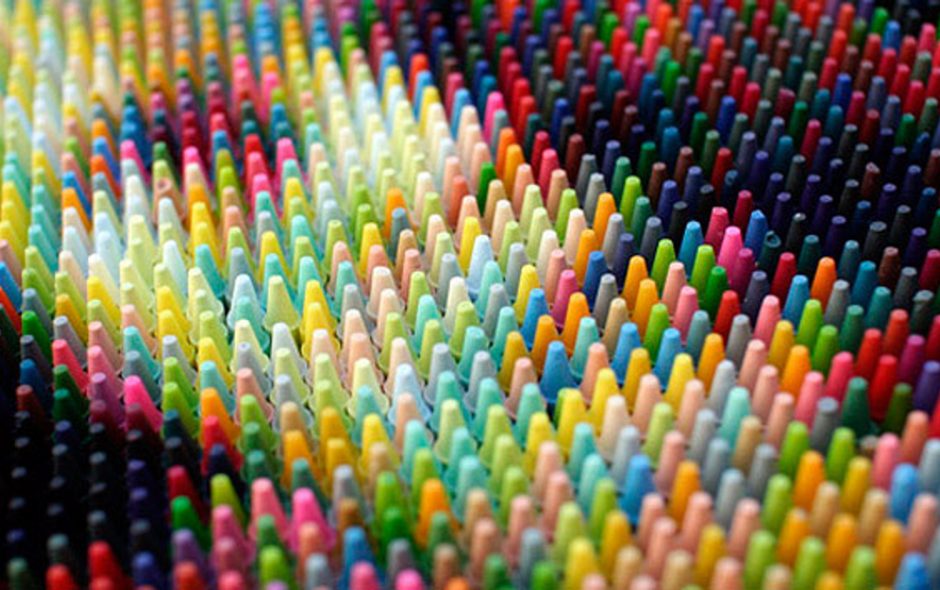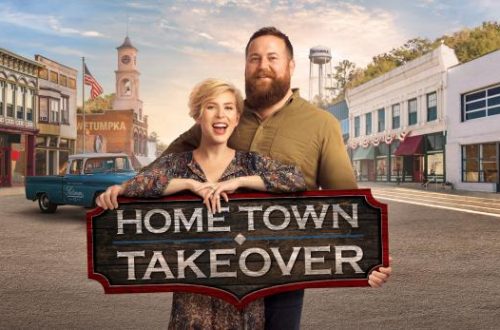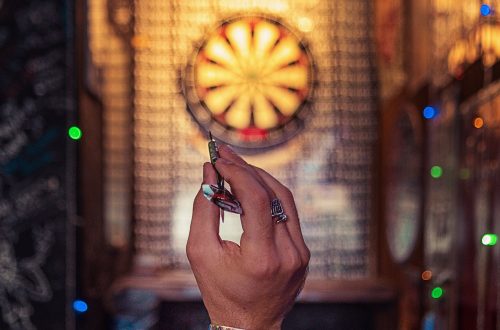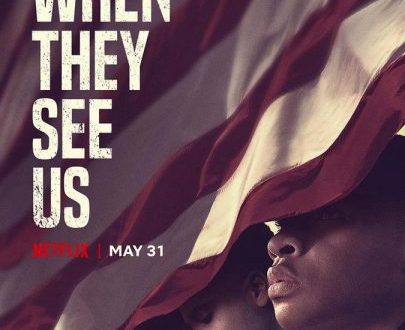Before we can even begin to think about inclusion we have to talk about bias and exclusion.
Bias
Biases exist. And we all have biases, good and bad. The people and things we like, we draw to us. The people and things we don’t, we push away. We all do it. I prefer to sit near a wall as opposed to sitting in the middle of a restaurant, Pinot Grigio over chardonnay, and sitting anywhere on a JetBlue flight than sitting in coach on United airlines flights. (Way too little legroom on United. Rest assured, legroom most certainly matters even to the vertically challenged. Who doesn’t like comfort?)
And we all have biases that live in our blindspot. More often than not, we don’t realize those biases even exist until we’ve stepped ankle-deep in a steaming pile of our own biases.
Fun.
When it comes to things like Chinese food versus Italian, Yankees versus Mets, or a vacation mountains versus the beach, nobody has a problem thinking about or owning their biases. But when we talk about biases in relation to people, everybody gets all freaked out. As well we should.
You know why?
Because thinking about people in terms of bias means we have to ask ourselves inescapable questions: “Have my own personal biases about people who look or act differently from me led me to judge them unfairly?” “Do I have a bias for a more uniform environment?” Of course, you have. If you’ve drawn people near you, you’ve certainly pushed people away. Again, we all have and we all do.
As a black man who stands at a towering forty-eight inches, I’ve experienced more bias than the garden variety average-height person of any race can imagine. (So much so that I’ve given the phenomenon a name: The Novelty Effect.) And it boggles my mind how some white people can snuggle up to exclusion so easily. Especially, given the way the ethnic make-up of the United States has and is drastically changing
Exclusion
Exclusion is a pretty simple concept to grasp. The Dictionary program on my Mac defines exclusion as the process or state of exclusion. Great, they used a version of the word to define the word. So what does exclude mean?
To deny someone access to or bar (someone) from a place, group, or privilege; keep something out of place; to remove from consideration, rule out; to prevent the occurrence of
Sound familiar? Sounds a lot like prejudice to me.
Given that we humans are terribly inventive creatures, nobody’s really surprised that we’ve developed biases for just about everything. Ability, age, class, country of origin, ethnicity, race, religion, sex, sexual orientation size, weight …
You think it’s tough to face questions about bias and exclusion? You should try being on the receiving end of exclusion. I have a story for you …
Back in October 2012, I read about the 9/11 Memorial at the World Trade Center and how the newly installed fountains descended into each footprint of the original towers and how a stunning bronze parapet inscribed with the names of the victims surrounded each. It read like it’d be a transcendent experience. I had to see it! I told my friends about it and made reservations for us.
A couple of days later, we got there and were amazed by the solitude throughout the memorial. It reminded me of an oasis smack dab in the middle of the hustle and bustle of Lower Manhattan. The new One World tower was close to completion and we strolled over to the south pool. I was ready for my transcendent moment, the height of my visit: seeing the huge imprints and the waterfall/fountains inside them.
Unfortunately, my transcendent moment was obscured by the height of the wall. It came about two inches higher than my eye level.
My friends and I — all Little People — walked the circumference of the south fountain thinking “surely there’s some cut-out where we can see through or there’s some raised area specifically for those with limited mobility.”
Nope. Not *that* day. I guess the designers of the Plaza forgot that wheelchair and motorized chairs users, kids, or the vertically challenged might visit the plaza and expect to have the same experience as everyone else. I seriously hope that none of the survivors family members were wheel chair users.
Everyone is offered the same experience, right? Only if you’re taller than a third grader.
I know the decision to make the parapet x-height wasn’t made capriciously, nor was it intended as a personal affront. Decisions like that never are personal, unless you’re the person negatively impacted by such. It probably never crossed their mind.
While the above illustration points to the exclusion of a small portion of the population, the same scenario plays out a thousand times everyday — intentionally and unintentionally — with race as the bias. Don’t believe me? Check out this The New York Times article.
Diversity is not the issue. There’s 7.5 billion people on the planet and no two are exactly alike. Diversity is in our DNA. God has mastered diversity.
The issue is inclusion. And engaging in inclusive behavior is our human response to divine diversity. Since we’ve all been made by the same Creator, it stands to reason that we all have the same intrinsic value. Yes?
Inclusion
Think about your friends, coworkers, even the people with whom you choose to interact in passing. If they all look like you, think like you, and act like you; you’re not doing diversity. You’re doing uniformity.
Inclusion is a choice. A conscious choice. I choose to enter act with anyone open to interacting with me. Trust me, I’m not glad handing everyone in line at the post office; but I don’t walk around in a cloud of self-importance oblivious to the humanity all around me.
How do you become more inclusive? It ain’t that hard, people. You simply CHOOSE to open your sphere of influence — the people you interact with — to include different perspectives. Seek to afford others the same amount of grace and respect you would want if you were the only white person in a room of [insert your favorite minority].
It ain’t rocket science. Get the picture?
The above is an expanded excerpt from my presentation, “Challenges, Diversity, and Inclusion” at the Themed Entertainment Association (TEA) Summit at the Disneyland Hotel.




